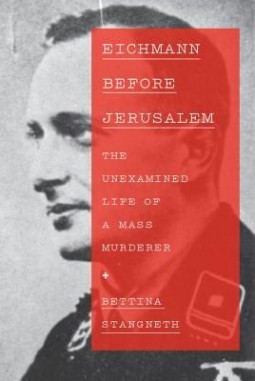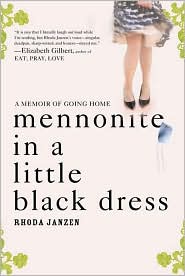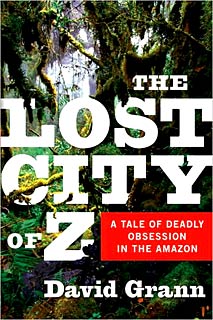This review contains affiliate links, which earn me a small commission when you click and purchase, at no extra cost to you. Thank you for supporting my small business and allowing me to continue providing you a reliable resource for clean book ratings.
This book is not a quick and easy read; it is a work of scholarship that is comprehensive and thoroughly researched and the conclusions of which are meticulously documented and explained. But it is well worth the time and effort to tackle: anyone who has ever been acquainted with Hannah Arendt’s characterization of Holocaust architect Adolf Eichmann during his trial in Jerusalem must read this more accurate examination of the mass murderer.
In 1960, Eichmann was still chillingly adept at molding his public image, and thanks to various circumstances, many observers fell for it hook, line and sinker. Decades later, thanks to piles of information that have become available more recently, researchers who have taken the time to wade into the documents originating with Eichmann himself know the case is far different. These include particularly the “Argentina Papers,” recordings and transcriptions of discussions Eichmann had in 1957 with various associates in exile in South America, led by journalist and sympathizer Willem Sassen.
Rather than being an example of “the banality of evil,” as Arendt put it, or simply a cog in the Nazi machine “just following orders” or a “former Nazi” who wanted to retire and live a simple life with his wife and sons, Eichmann was far from it. Even in exile in Argentina, he spent considerable time with fellow Nazis and talked about plans to continue the legacy, to resurrect the Third Reich and its “noble aims.”
But as the author concludes, “Now the age of his ability to manipulate and distract people with his lies is over. Now it is our job to create transparency and put Eichmann where he belongs, rather than be struck dumb by his torrent of words. Nearly thirteen hundred pages of the Argentina Papers, and over twenty-five hours of tape, have survived many years and numerous games of hide-and-seek.”
Bettina Stangneth has compiled a fine book that will likely change the whole conversation not just about Eichmann but about future research into Nazi Germany and its continued relevance.
Rated: None. There is no detail about wartime atrocities and only two uses of mild language.
Click here to purchase your copy of Eichmann Before Jerusalem on Amazon.




